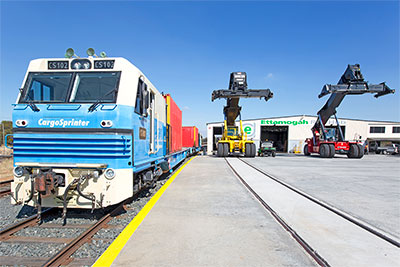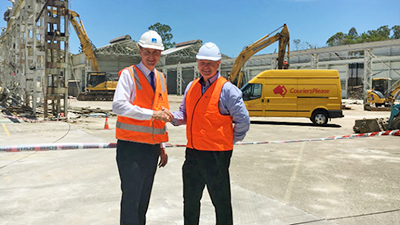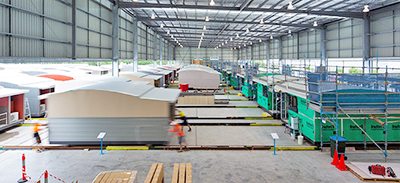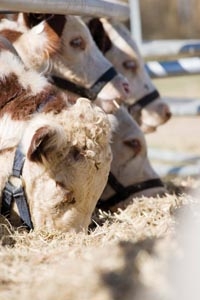TOWNSVILLE is to be the headquarters for the Northern Australian Cooperative Research Centre (CRC).
This Federal Government announced in May that the new CRC will direct at least $150 million, including an investment of $75 million from the Australian Government, into commercialising research in areas including tropical health, food and agriculture to boost productivity across Northern Australia. 
The CRC for Developing Northern Australia will build on existing research, expertise and networks to quickly identify areas where collaborative research can deliver real-world outcomes that will benefit industries in the nation’s north, the CRC’s interim chair, John Wharton said.
Mr Wharton recommended the North Queensland city of Townsville as the best location for the centre’s administrative headquarters.
Announcing Townsville as the centre’s base, the Minister for Industry, Innovation and Science, Christopher Pyne, said extensive consultations over the last four months with industry, research and government stakeholders had also identified the key areas of research for the CRC.
“The CRC will fund research to support the development of technologies and automation for agriculture and aquaculture aimed at addressing challenges unique to the north,” Mr Pyne said.
“It will also focus on improving human health and models of care in the tropics, and identifying the potential for exports and value chain support and development.”
Resources, Energy and Northern Australia Minister, Josh Frydenberg, said it was important the CRC focused on areas where the north had particular strength.
“With Asia's burgeoning middle class on its doorstep, significant opportunities exist to commercialise research and develop and establish new industries in these fields.” Mr Frydenberg said.
He emphasised that funding for the CRC would not be restricted to the CRC’s headquarters, but would be used to support industry-led collaborative research projects across the region.
The Minister for Northern Australia, Matthew Canavan, said the CRC would form a consortium of partners from industry, the research community, government jurisdictions and international organisations.
“The CRC will also work closely with the Industry Growth Centres, sharing knowledge, experience and resources to improve the competitiveness, productivity and sustainability of northern Australia’s industries,” Mr Canavan said.
“This investment is a vote of confidence in the future of Townsville. It builds on Townsville’s strengths in education and industry, and it is just the kick-start that the Townsville economy needs to create jobs.”
The interim chair, Mr Wharton, is progressing detailed discussions with interested industry and research parties to form a consortium to establish the CRC and confirm its initial research priorities. The CRC is expected to commence in mid-2016, Mr Pyne said.
Ewen Jones, the Member for Herbert, praised the Federal Government’s announcement as a big win for Townsville.
“This shows the government’s commitment to Northern Australia. Now that the Northern Australia CRC has been established it joins the Northern Australia Infrastructure Facility – based in Cairns - and the Office of Northern Australia – based in Darwin - as the three forces driving productivity and boosting jobs and growth in the north,” Mr Jones said.
“Townsville was not chosen for any other reason than we are the obvious place for the CRC to call home. With world class universities, CSIRO, TropWATER and NQ Dry Tropics all based here, the drive we will provide to get the best results in agriculture, and to care for our environment are of paramount importance to my government and I.
"Townsville will be at the forefront of our drive to develop policy which will see industry and agriculture flourish while protecting our land and the Great Barrier Reef.”
www.industry.gov.au
ends
ends


 How to resolve AdBlock issue?
How to resolve AdBlock issue? 




